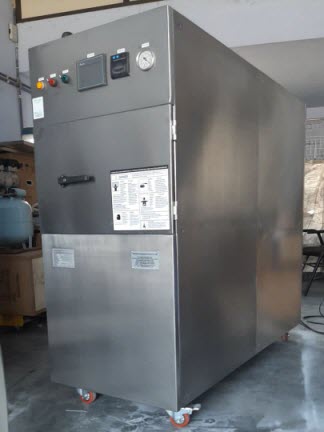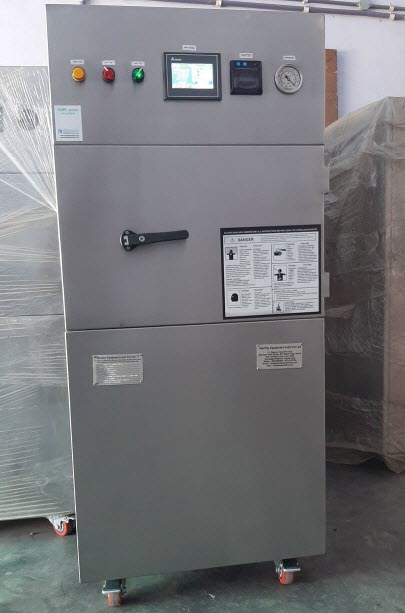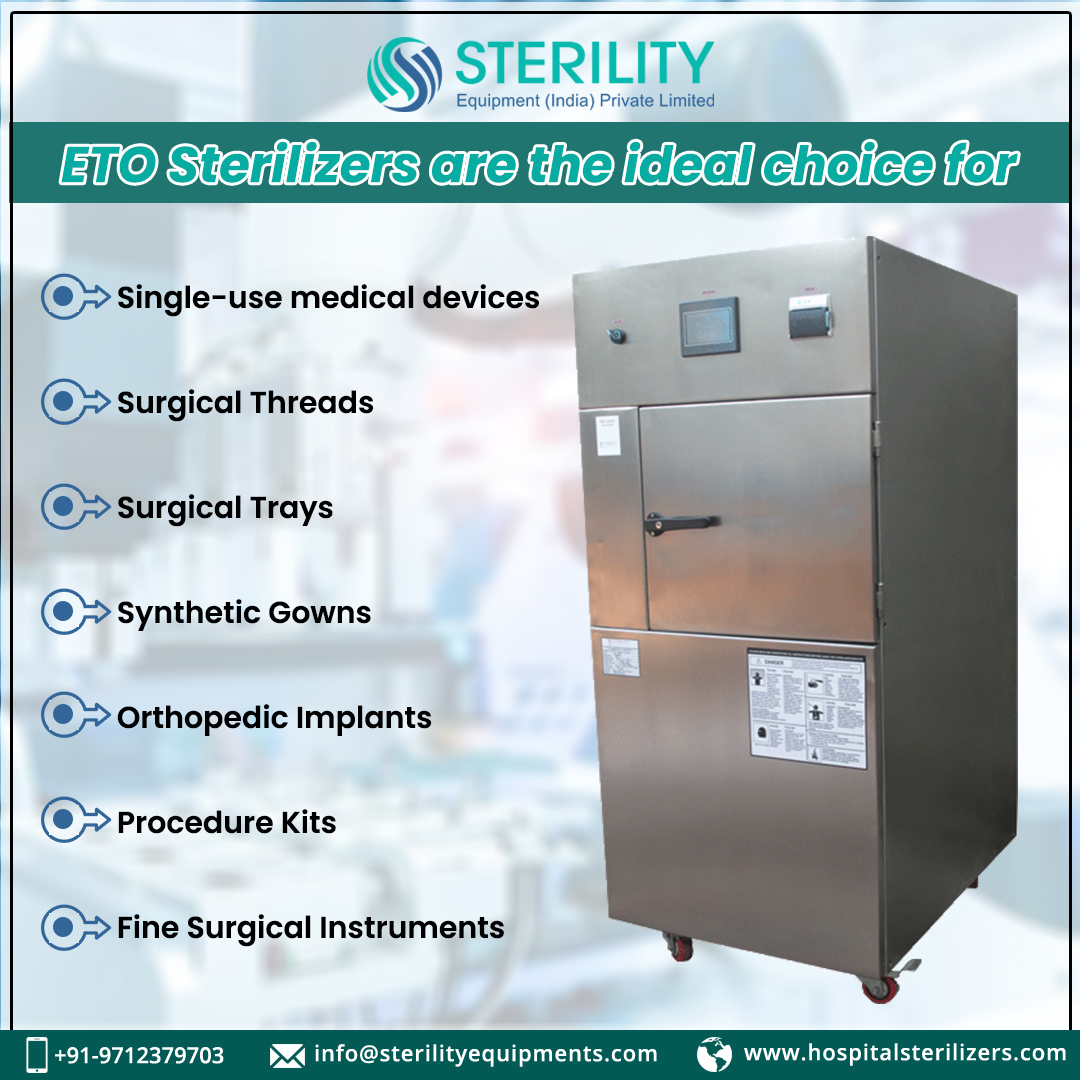Sterilization constitutes a critical procedure in the healthcare sector, warranting the eradication of pernicious microorganisms from medical equipment. Nonetheless, the utilization of ETO mandates the stringent observance of stipulated regulations and standards to ensure the safety of both patients and healthcare practitioners.
Understanding ETO Sterilization
The sterilization technique known as ETO involves the use of a combination of ethylene oxide and other gases to eradicate microorganisms present on medical equipment. This low-temperature, gaseous method is employed for the purpose of sterilization. ETO has excellent penetration properties and can reach even the most inaccessible parts of medical equipment, making it an ideal sterilization method for complex devices.
Regulations and Standards for ETO Sterilization
FDA Guidelines
The FDA (Food and Drug Administration) has established a number of guidelines for the application of ETO sterilization. According to these guidelines, ETO sterilization ought to be reserved for scenarios where no alternative sterilization methods are available.
- The exposure of personnel to ETO should be minimized.
- The amount of residual ETO on the sterilized device should be within acceptable limits.
- The device should be adequately aerated after sterilization to ensure the removal of residual ETO.
ISO Standards
The International Organization for Standardization (ISO) has also developed standards for ETO sterilization. It specifies the requirements for the development, validation, and routine control of a sterilization process for medical devices. The standard outlines the following:
- The sterilization process should be validated to ensure that it is effective in eliminating microorganisms.
- The amount of residual ETO on the sterilized device should be within acceptable limits.

ETO Sterilization Process
1. Pre-Sterilization Phase
The pre-sterilization phase involves the preparation of the medical device for sterilization. The device should be cleaned thoroughly. The device should also be packaged appropriately to prevent contamination during the sterilization process.
2. Sterilization Phase
The sterilization phase involves exposing the packaged device to a mixture of ETO and other gases. The device is typically placed in a sterilization chamber, where the ETO gas is introduced. Subsequently, the gas is circulated throughout the chamber, thereby guaranteeing that all components of the medical device are permeated.
3. Post-Sterilization Phase
After the sterilization process is complete, the device must be aerated to remove any residual ETO. The following are the key steps involved in the post-sterilization phase:
Aeration
The device is removed from the sterilizer and placed in a designated aeration area. The aeration unit is turned on, and the air is circulated around the device to remove any residual ETO.
Testing
The gadget is examined when the aeration procedure is finished to make sure there is no remaining ETO. The testing process may involve using specialized equipment to detect ETO levels.
Packaging and Labeling
After testing, the device is packaged and labelled appropriately. The packaging should be designed to maintain sterility until the device is used.

ETO Sterilization Equipment Requirements
ETO sterilization requires specialized equipment to ensure that the process is performed effectively and safely. The following are the key equipment requirements for ETO sterilization:
Gas Delivery Systems
The gas delivery system is responsible for delivering a mixture of ETO and other gases to the sterilization chamber. The system should be designed to deliver the gas mixture accurately, reliably, and safely.
Sterilizers
The sterilizer is the primary equipment used in the ETO sterilization process. It should be designed to provide optimal conditions for sterilization, including temperature, humidity, and gas concentration.
Aeration Units
The aeration unit is used to remove residual ETO from the sterilized device after the sterilization process. It should be designed to ensure that the aeration process is safe and effective.
Safety Precautions for ETO Sterilization
ETO is a toxic gas that can pose health hazards to healthcare workers and patients. Strict safety precautions must be taken to ensure that the ETO sterilization process is performed safely. The following are some of the key safety precautions for ETO sterilization:
Personal Protective Equipment (PPE)
Healthcare workers involved in the ETO sterilization process should wear appropriate PPE, including gloves, masks, and protective clothing.
Emission Controls
To guarantee that ETO emissions from the sterilization process do not jeopardize the well-being of healthcare practitioners or the environment, they must be adequately regulated.
Monitoring and Testing
Regular monitoring and testing of the ETO sterilization process should be performed to ensure that it is performed effectively and safely.
Advantages of ETO Sterilization
- ETO sterilization is highly effective in eliminating microorganisms on complex medical devices.
- ETO can penetrate even the most inaccessible parts of the device, ensuring thorough sterilization.
- ETO sterilization can be performed at low temperatures, minimizing the risk of damage to the device.
ETO sterilization is an essential sterilization method in the healthcare industry, providing effective sterilization for complex medical devices. By following the guidelines and standards outlined in this article, healthcare facilities can ensure that their ETO sterilization process is performed safely and effectively.






